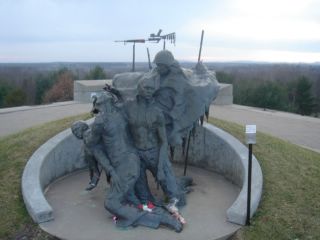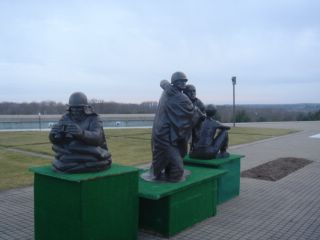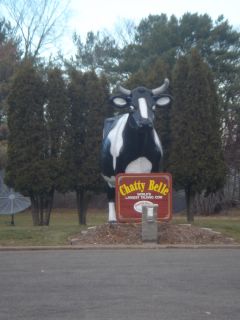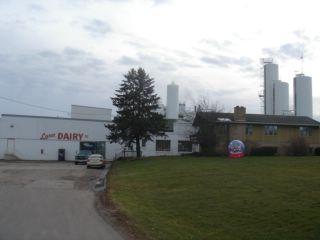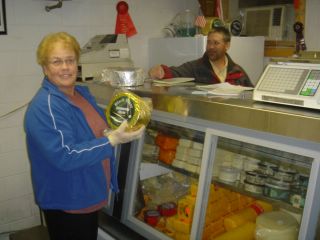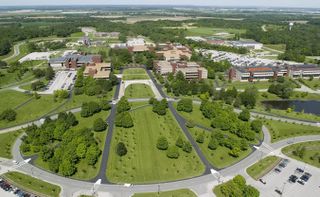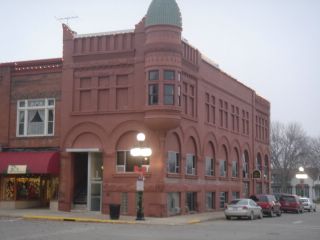How the Grouch (Almost) Stole Christmas
(With apologies to Dr. Seuss)
Every one down in Ponca liked progress a lot,
but the grouch on the corner said, “the past this is not.”
The grouch hated growth that was not oil-based,
other work beyond that was to him but a waste.
Seven hundred new jobs in ’06 came to town,
the grouch said, “bah humbug! Things are still looking down.”
Incomes were up by a percentage of eight,
but the grouch grumbled on, “it’s too little, too late.”
Retail sales jumped a bunch, over seven percent,
and the grouch pooh poohed that with, “it’s hardly a dent”
New construction was up, past historical highs,
“It’s not south of South Street,” the grouchy grouch sighed.
“People act different from the world that was mine,
they shop in big boxes, they do business on-line.”
“This may be the way of the world out beyond,
but it is not the way of which I am fond.”
But he watched an election full of passion and clashing,
and thought to himself, “I am done with the bashing.”
As he spied the help wanteds, saw the stores become crowded,
the grouch mused to himself, “Could my mind have been clouded?”
“The is a new town full of life and new faces,
the economy’s growing, we’re off to the races.”
The change in the grouch was a welcome display,
His friends said his heart grew ten times on that day.
As he joined the new world and his spirit did soar,
that part that was grouch was a grouch nevermore.
This Christmas he’ll sing from his heart a new ditty,
“There’s no place I’d rather be than Ponca City.”


